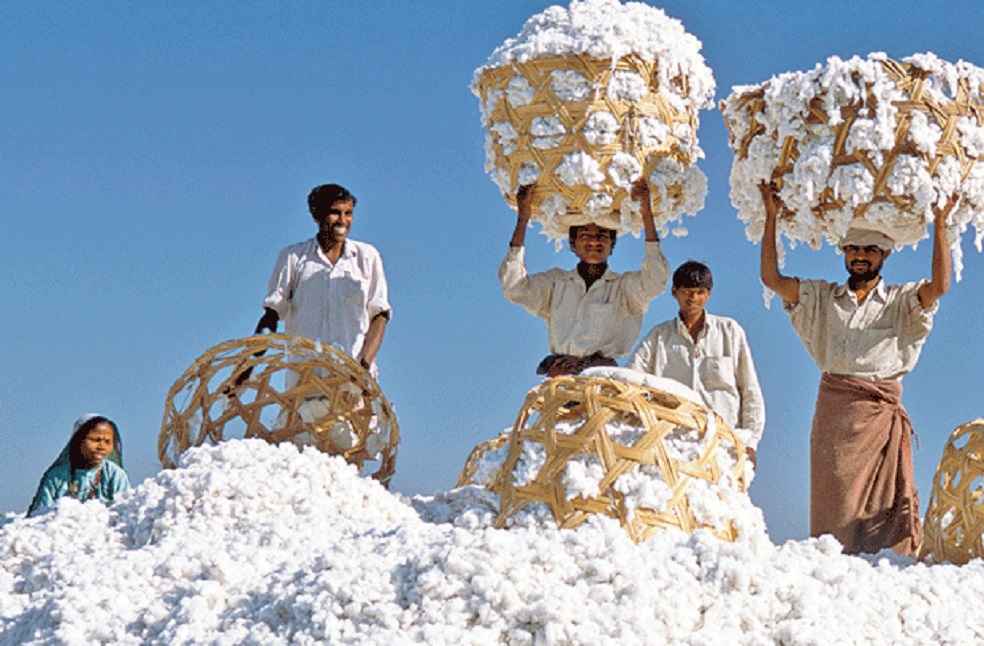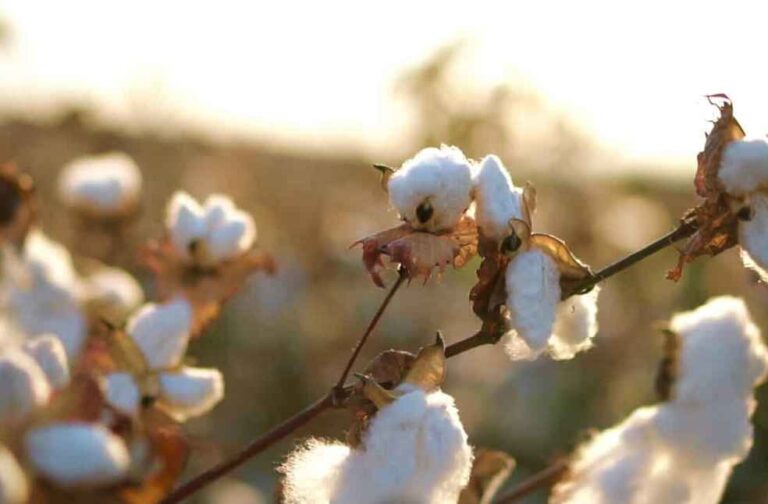Bangladesh and Vietnam are set to experience serious growth in cotton consumption and trade over the next decade. Competitive labor and production costs drive this surge, as detailed in the ‘OECD FAO Agricultural Outlook 2024-2033’ report by the Organisation for Economic Co-operation and Development (OECD) and the Food and Agriculture Organization (FAO) of the United Nations.
Demand from textiles and apparel sectors, combined with competition from synthetic fibers, will shape raw cotton consumption. The report predicts a 2.1% annual rise in world cotton trade, reaching 12.4 million tonnes by 2033. This increase is fueled by heightened mill use in Bangladesh and Vietnam, which are dependent on imports due to limited domestic production.
Bangladesh’s cotton consumption is expected to hike, with mill usage projected to rise from 1.71 million tonnes in 2023 to 2.42 million tonnes by 2033. This growth positions Bangladesh as a pivotal player in the global cotton market, with its import share hitting 18% by 2033, second only to China’s 23% share.

Vietnam anticipates a similar path, with cotton imports growing by over 3.0% annually, influencing global trade dynamics. The country’s textile sector has thrived since its 2007 World Trade Organization accession and substantial foreign direct investment, especially from Chinese entrepreneurs.
The United States will remain the largest cotton exporter, with its trade share reaching 31% by 2033. Global cotton production is forecasted to increase to 29 million tonnes by 2033, a 17% rise from 21.14 million tonnes in 2004. India is expected to contribute 38% to this growth, followed by the United States (27%) and Brazil (21%).
Following the 2005 phase-out of the Multi-Fibre Arrangement, Chinese textile producers initially had the advantage. However, Bangladesh and Vietnam have since experienced major growth due to abundant labor, low production costs, and supportive government policies. Free Trade Agreements (FTAs) like the Comprehensive and Progressive Agreement for Trans-Pacific Partnership and the EU-Vietnam Free Trade Agreement have expanded market access for Vietnamese textile exports.

The US-China trade dispute has increased mill use in Bangladesh and Vietnam, driving the expansion of their textile industries. In Bangladesh, growing domestic demand for yarn and fabric is expected to boost cotton fiber consumption by 3.3% annually, strengthening its position in the global textile market and contributing to economic development.
Despite Bangladesh and Vietnam’s rise, China will likely maintain its status as the largest cotton processing country by 2033, followed by India. Growth in global cotton production will be driven by improved yields and adherence to sustainable standards, with key producers like India, China, the United States, Brazil, and Pakistan accounting for around 77% of global output by 2033.
IMEX SECTOR | Indonesia Expands Areca Nut Exports to Saudi Arabia and Bangladesh



